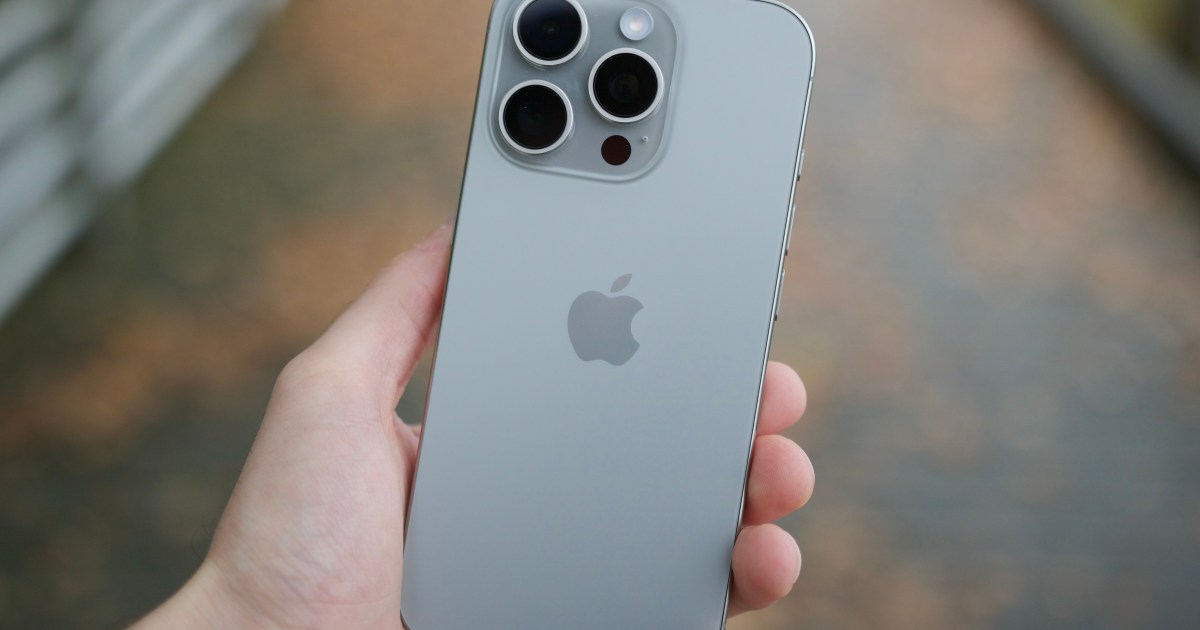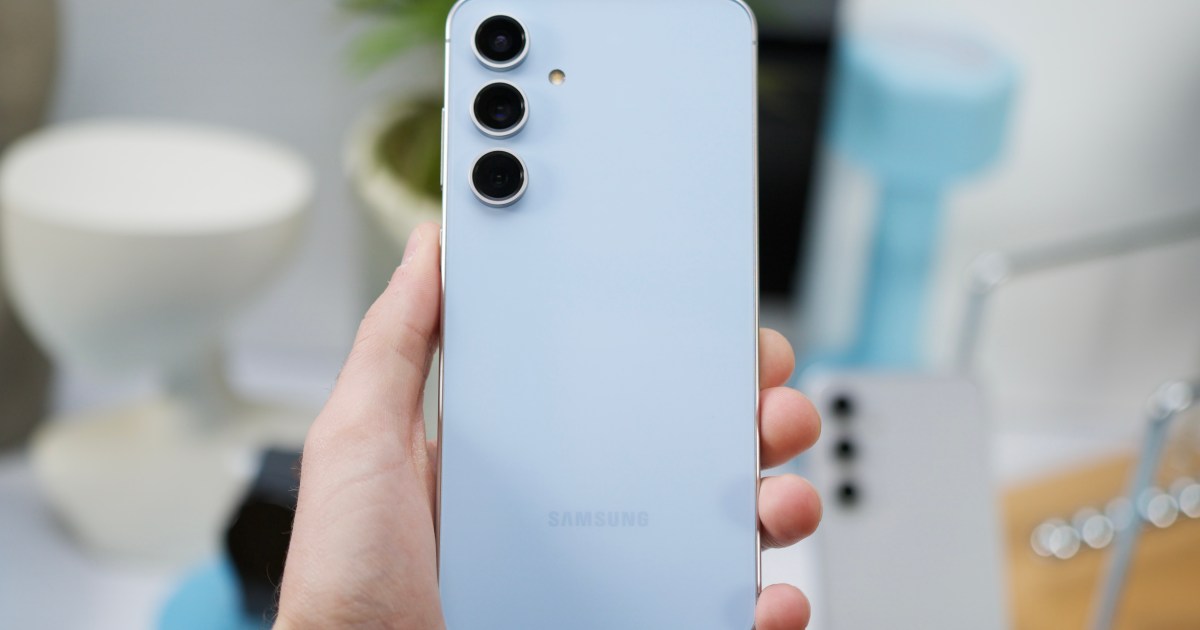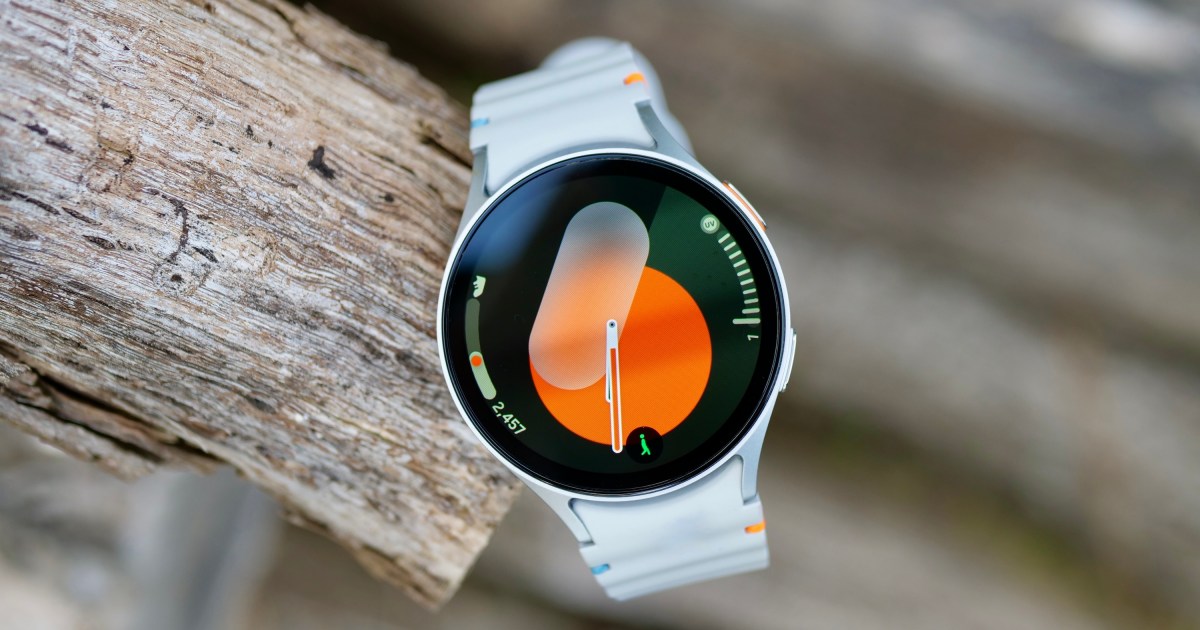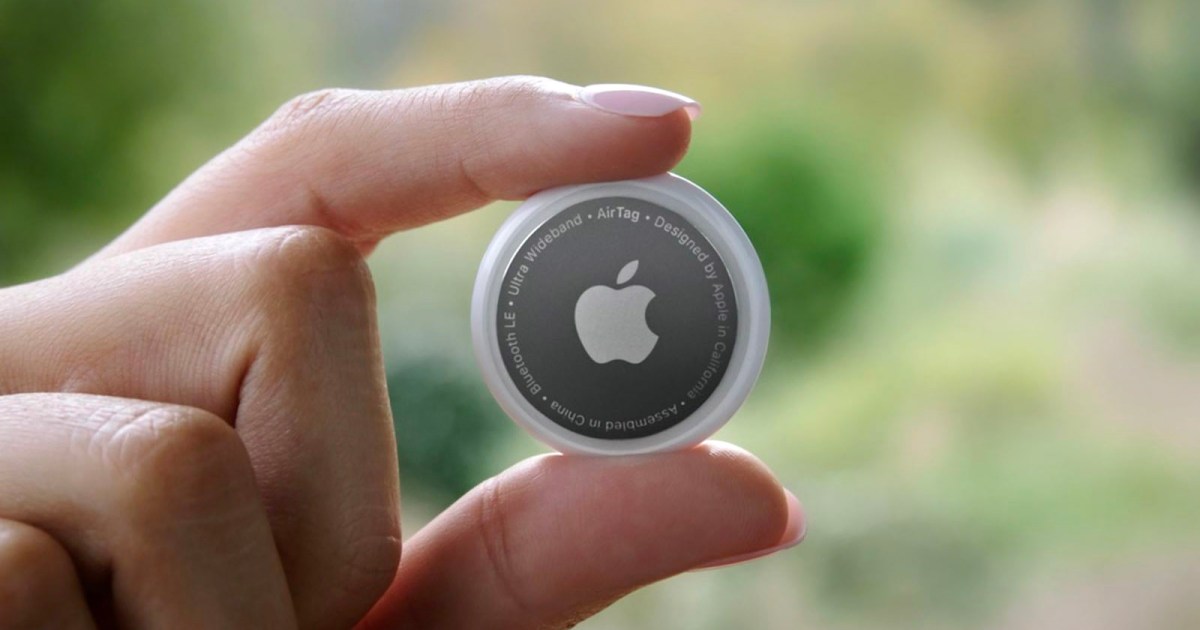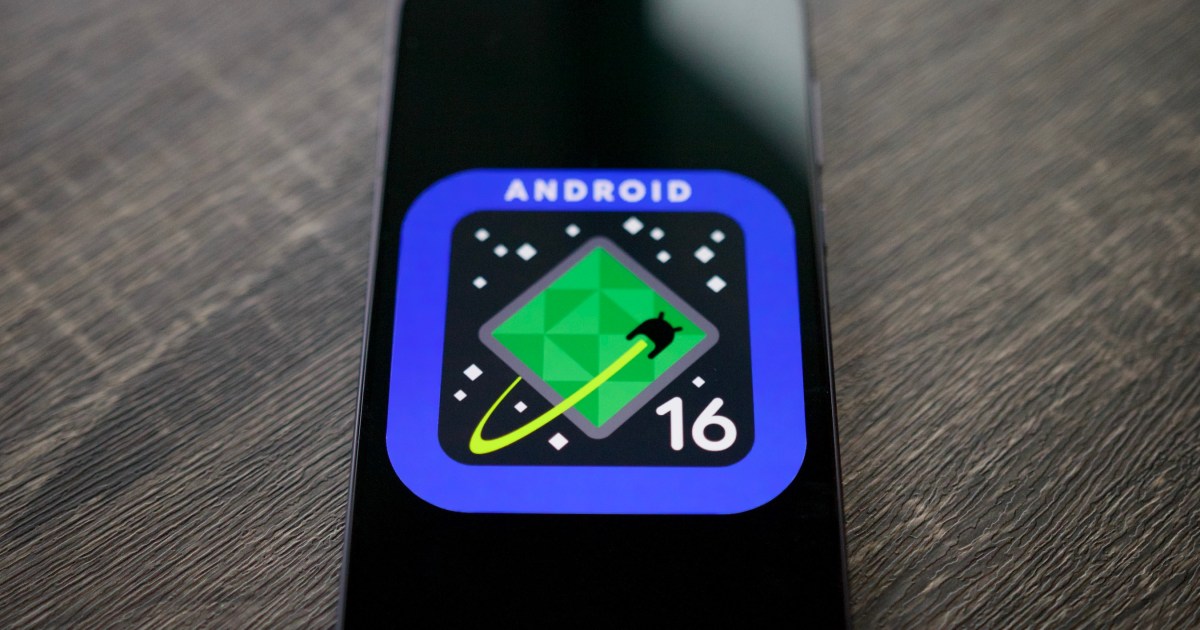Qualcomm’s Snapdragon 8 Elite and Apple’s A18 Pro represent the pinnacle of mobile processing power in 2024. Both chips promise to redefine smartphone capabilities, but their approaches differ significantly. This article dives into a comprehensive comparison of these two powerhouses, exploring their strengths and weaknesses to determine if one truly holds a decisive advantage.
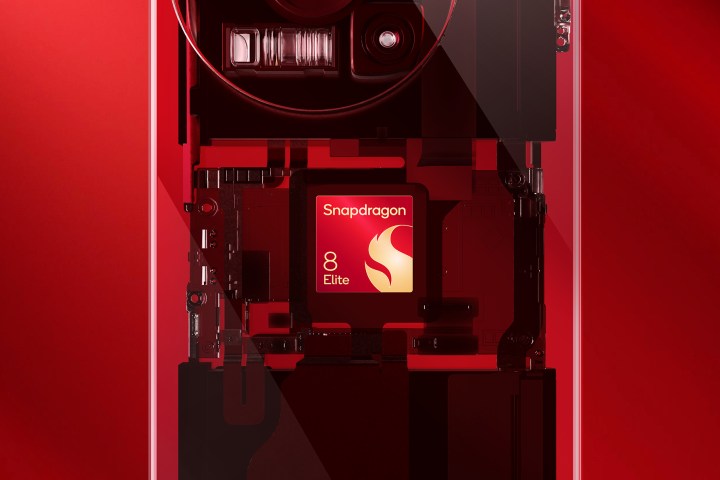 Official rendering of the Qualcomm Snapdragon 8 Elite chip.
Official rendering of the Qualcomm Snapdragon 8 Elite chip.
Spec Showdown: Snapdragon 8 Elite vs. A18 Pro
| Specs | Snapdragon 8 Elite | Apple A18 Pro |
|---|---|---|
| Part number | SM8750-AB | A18 Pro |
| Process | 3nm (N3E) | 3nm (N3E) |
| CPU | Qualcomm Oryon CPU (64-bit), 2 prime cores up to 4.32GHz, 6 performance cores up to 3.53GHz | Apple CPU (64-bit), 2 High-Performance cores up to 4.04GHz, 4 Efficiency Cores up to 2.2GHz |
| GPU | Adreno 830 GPU, Support for Unreal Engine 5.3 Nanite, Adreno Frame Motion Engine 2.1 | Apple GPU, 6 Cores up to 1.45GHz, Hardware-Accelerated Ray Tracing |
| NPU | Qualcomm Hexagon, 6-core vector accelerator, 8-core scalar accelerator | Apple Neural Engine, 16 cores, 35 trillion operations per second |
| Memory | Dual-channel LP-DDR5x up to 5.3Gbps | 8GB Unified LPDDR5X Memory |
| Display | 4K @ 60Hz, QHD+ @ 240Hz | 120Hz ProMotion, Always-On Display |
| Camera | Qualcomm Spectra AI Triple 18-bit ISP, up to 320MP photo capture | Apple Image Signal Processor with Photonic Engine, 4K ProRes video recording |
| Connectivity | Wi-Fi 7, 5G, Bluetooth 6.0, Ultra Wideband (UWB) | 5G, Wi-Fi 7, Bluetooth 5.3, Ultra Wideband (UWB) |
CPU Performance: A Close Contest
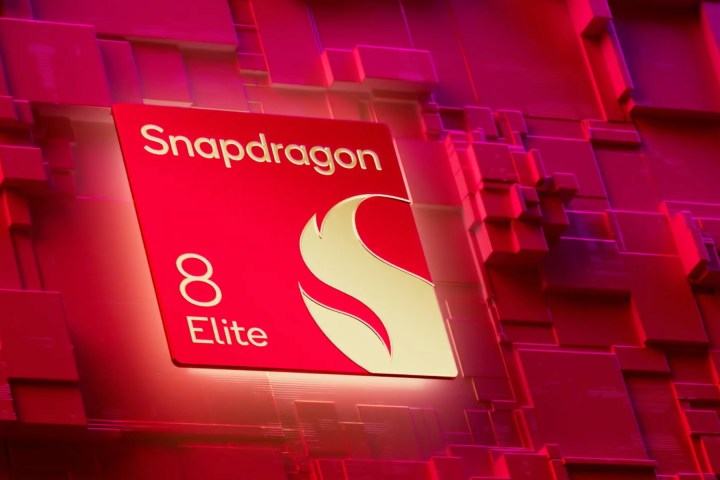 Chiplet render of Qualcomm Snapdragon 8 Elite.
Chiplet render of Qualcomm Snapdragon 8 Elite.
Both chips leverage TSMC’s advanced 3nm (N3E) process, a significant leap from the previous generation. Qualcomm’s Snapdragon 8 Elite introduces second-generation Oryon cores, promising a 45% performance boost. Apple’s A18 Pro maintains its performance and efficiency core architecture. Surprisingly, benchmark results reveal a near tie. The A18 Pro slightly excels in single-core performance, while the Snapdragon 8 Elite takes a marginal lead in multi-core scenarios.
GPU Prowess: Qualcomm’s Gaming Gambit
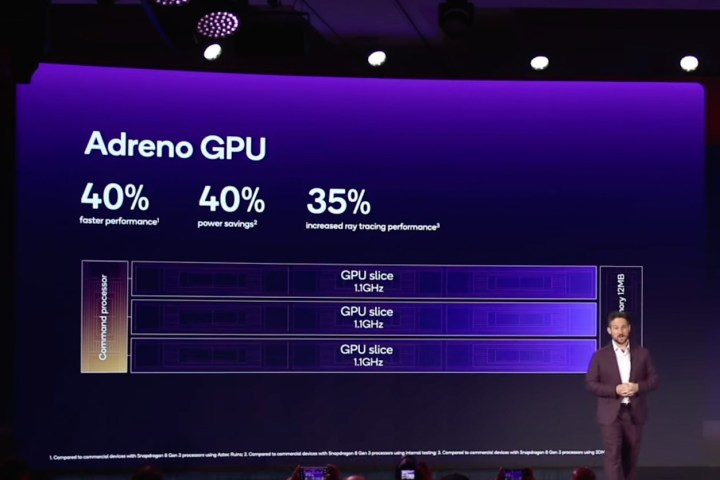 Adreno GPU gains on Qualcomm Snapdragon 8 Elite SoC.
Adreno GPU gains on Qualcomm Snapdragon 8 Elite SoC.
Apple’s A18 Pro builds upon the A17 Pro’s groundbreaking GPU architecture, boasting a 20% performance increase and doubled ray tracing capabilities. Qualcomm’s Snapdragon 8 Elite, however, introduces a “sliced architecture” Adreno 830 GPU, delivering a 40% performance jump and support for Unreal Engine 5.3 Nanite. This promises more immersive gaming experiences and realistic physics. While Apple has courted game developers to embrace its MetalFX engine, Qualcomm hopes its enhanced hardware will attract similar attention.
NPU: The AI Engine Race
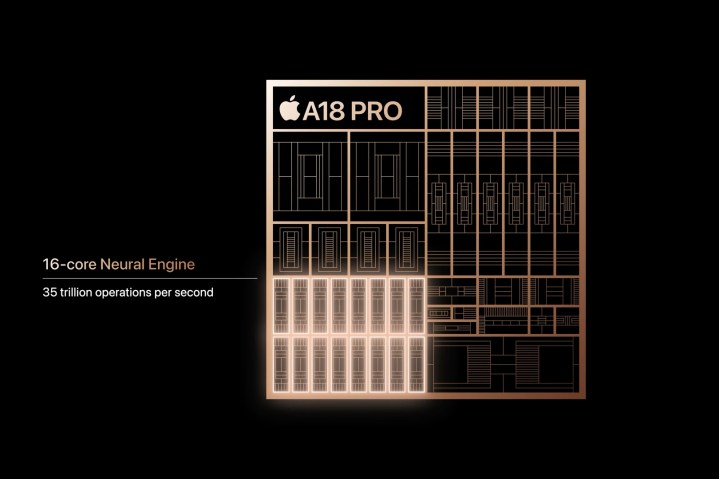 Apple A18 Pro Neural Engine.
Apple A18 Pro Neural Engine.
Both chips feature powerful NPUs, crucial for on-device AI processing. Apple’s 16-core Neural Engine boasts 35 trillion operations per second (TOPS). Qualcomm’s 14-core Hexagon NPU focuses on enhanced token limits, enabling more complex on-device AI tasks without relying on cloud servers. Both NPUs contribute to camera enhancements, power efficiency, and wireless communication.
Power Efficiency: Balancing Performance and Longevity
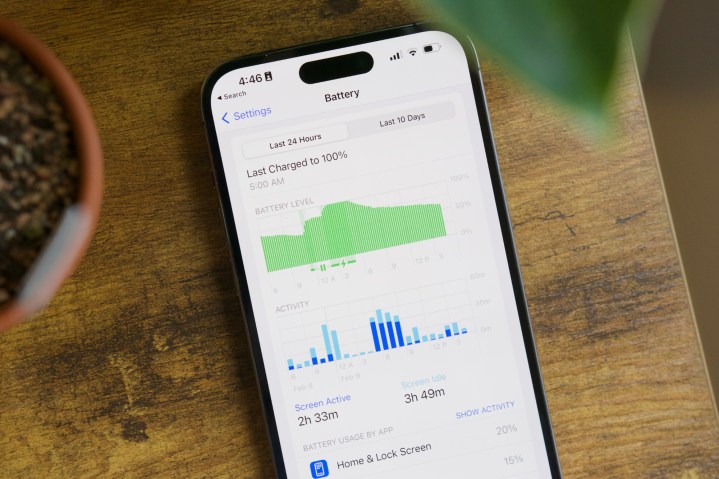 iPhone 14 Pro Max lying on a table, showing the Battery section of the Settings app.
iPhone 14 Pro Max lying on a table, showing the Battery section of the Settings app.
Both chips demonstrate improvements in power efficiency. Qualcomm claims up to 2.5 hours of additional gaming time, although real-world results will vary depending on device configurations. Apple, with greater control over its hardware and software ecosystem, typically prioritizes all-day battery life, channeling efficiency gains into features like larger displays and enhanced AI capabilities.
Beyond the Core: Integrated Features
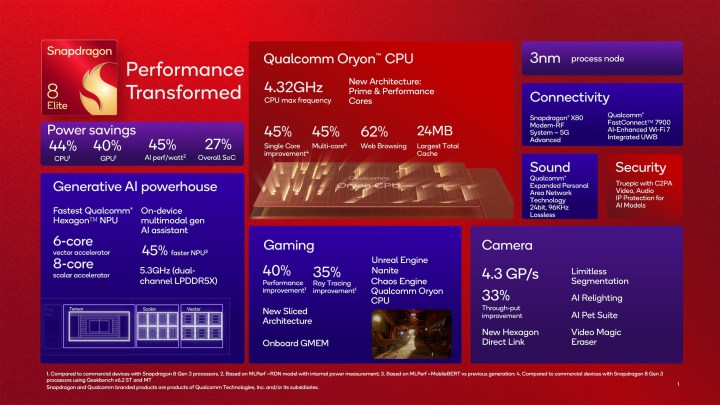 Overview of specs for the Qualcomm Snapdragon 8 Elite chip.
Overview of specs for the Qualcomm Snapdragon 8 Elite chip.
The Snapdragon 8 Elite integrates Wi-Fi 7, 5G, Bluetooth, and Ultra Wideband. Apple relies on a combination of its own and third-party chips for these functionalities. Qualcomm also highlights its advanced image signal processor, supporting impressive camera specifications, though real-world implementation will depend on individual smartphone manufacturers.
The Verdict: Versatility vs. Focused Optimization
 qualcomm-snapdragon-8-elite-official-1
qualcomm-snapdragon-8-elite-official-1
Comparing these chips is inherently challenging due to their distinct ecosystems. Apple’s A18 Pro is meticulously tailored for specific iPhone models, while Qualcomm’s Snapdragon 8 Elite is designed for a diverse range of Android devices. This makes the Snapdragon 8 Elite inherently more versatile, while the A18 Pro benefits from Apple’s tightly integrated hardware and software optimization. Ultimately, both chips represent remarkable achievements in mobile processing, setting the stage for exciting advancements in the smartphone landscape.




